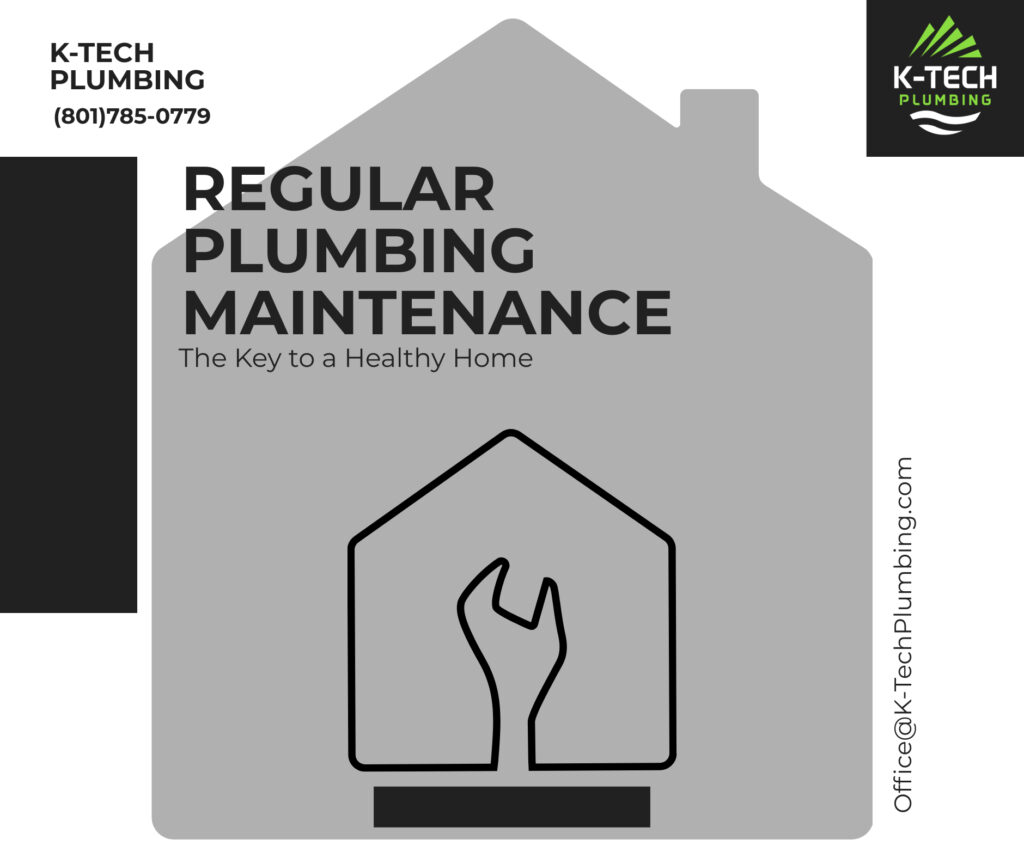
As the weather warms up, many people notice issues with their Water Heaters or Hose Bibs. Why do these issues seem more common in the springtime? Below are a few reasons why repairs are so common as the weather changes:
Hose Bibs:
- Winter Damage: During the winter months, if a hose bib isn’t properly winterized (I.e., drained of water), any remaining water inside can freeze and expand, causing cracks or damage to the bib. This damage might not be apparent until the spring when you try to use it again.
- Thawing: Even if the bib was properly winterized, the freeze-thaw cycle of spring can reveal weaknesses in the bib’s structure. Cracks or leaks that develop during the winter might become apparent as the weather warms up and the ice thaws. This can also lead to corrosion which can happen if they are exposed to moisture and weather extremes.
- Water Pressure Changes: Spring often brings changes in water pressure due to increased demand (e.g., from lawn watering) or changes in municipal water systems. If the water pressure suddenly spikes, it can put stress on older or weakened hose bibs, causing them to fail.
Water Heaters:
- Temperature Fluctuations: Spring often brings significant fluctuations in temperature which can put stress on the water heater tank and its components, potentially exacerbating existing issues or leading to new ones. Rapid changes in temperature can cause the expansion and contraction of materials, which may weaken seals or connections, leading to leaks or other failures.
- Increased Water Usage: As the weather warms up in the spring, people tend to engage in more outdoor activities such as gardening, washing cars, or filling swimming pools. This increased demand for water can put additional strain on the water heater, leading to more noticeable issues such as leaks, insufficient hot water supply, or pressure fluctuations.
- Delayed Effects of Winter Damage: Some failures in the spring may be a delayed result of damage incurred during the winter months. For example, if a water heater was exposed to freezing temperatures without proper insulation or maintenance, damage such as cracked pipes or weakened seals may not become apparent until the weather warms up and water usage patterns change.
To prevent these problems, it is a good idea to inspect and maintain your hose bibs and water heaters regularly, especially before and after the winter season. Regular maintenance and prompt attention to any signs of trouble can help mitigate the risk of failure regardless of the season. If you notice any issues, addressing them promptly can help avoid more significant problems down the line. If you have any questions on how to properly care for your plumbing, contact K-Tech Plumbing today.
you may also like
Ideal Water Pressure
The ideal water pressure for a residential home typically falls within the range of 60 to 80…
K-Tech Plumbing now offers Virtual Estimates!
Are you a busy parent of 3 with very little time? Or a business owner with meetings…










